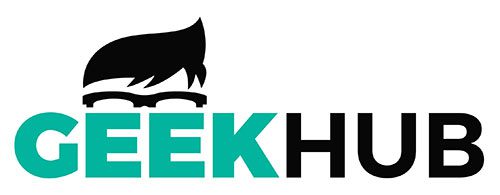With all the stresses and strains, healthcare has become an essential part of life, but how affordable is medical aid to those households, already burdened by the ever increasing inflation.
Profmed CEO Craig Comrie has warned, that if key issues aren’t addressed, South Africans could face a substantial hike in medical aid costs, with increases as high as 160% projected for the coming years reported businesstech
These heightened costs will have a serious implication on household budgets, leaving many in awe when it comes to healthcare afforability. The double digit increases already being announced for 2025 by many medical aid schemes, highlights the severity of the issue.
The increases include weighted average increases of 12.75% for BestMed, 10.8% for MediHelp, 10.2% for Bonitas, 9.4% for Momentum, 9.3% for Discovery and 8.4% for Profmed. While the increase by Profmed looks to be a moderate one, the impact of the increase will have dire consequences on members.
“Although medical schemes are member-owned and non-profit—meaning they aren’t driven by a profit motive—they still face significant pressures due to escalating healthcare costs”, said Comrie.
So what is contributing to the rising costs?It would seem that, the rising prevalence of lifestyle-related conditions, costly advancements in medical technology, and a shrinking pool of doctors and specialists, as well as the rise in chronic illnesses are the key factors, resulting in a healthcare inflation trend that is on the rise with probability of doubling costs every seven years. To make matters worse, salary increases can hardly be relied on to compensate for the skyrocketing cost of medical aid, leaving many people feeling like they’re caught between a rock and a hard place – forced to choose between their health and their financial stability.
While, there may be no simple solution to this debacle in sight, Comrie firmly believes that it is vital to increase health literacy among the population. The approach is that, the more informed people are of their health, the more likely it is that they will look toward preventative care, which in turn will see a reduction in the frequency and reduction of medical claims, easing the financial impact on healthcare systems. Added to this it is likely that people that proactively take control of their health, can potentially reduce the risk of chronic conditions, that require costly, long term treatment.
Preventative care is essential, as Comrie notes: “The best solution lies in an age-old healthcare adage: prevention is better than cure; or in this case, prevention is better than high costs. Such measures could lead to significant cost savings for both individuals and medical schemes, helping curb future increases”.
The much talked about National Health Insurance (NHI) program is also a factor that is influencing healthcare costs. While the NHI aims to provide universal healthcare access, it will face the same inflationary pressures as private schemes. And unfortunately, when healthcare costs escalate faster than public revenues, it could have a detrimental effect on the population in the way of restrictions of specific treatments or the introduction of private alternatives for those that afford it.
The reality of this, is that private healthcare sectors are vital to South Africas future, it can be a counterpart of public health services and ensure that essential healthcare is accessible to all. Whilst the cost of medical aid can be debated, the value of the medical aid scheme extends beyond the premiums. “The true value lies in the support, education, and quality of care schemes can provide, especially during significant health challenges. Medical schemes, therefore, play a dual role: they not only offer financial protection but also act as a health resource,” said Comrie.
The rising cost of medical aid in South Africa paints a complex and concerning picture. While preventative care and increased health literacy offer some hope for mitigating these costs, the reality is that tough choices lie ahead for both individuals and the healthcare system as a whole. Navigating this challenging landscape will require a collaborative effort, with open dialogue and innovative solutions needed to ensure accessible and affordable healthcare for all South Africans.
